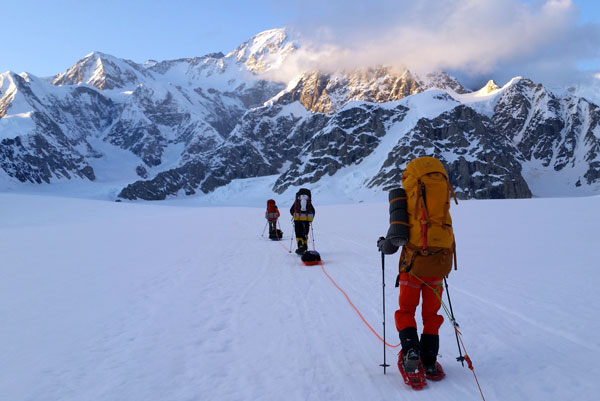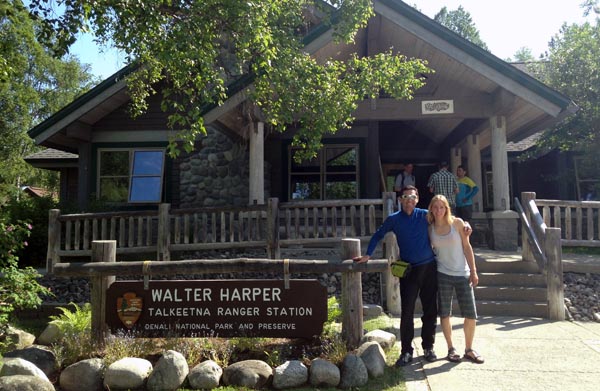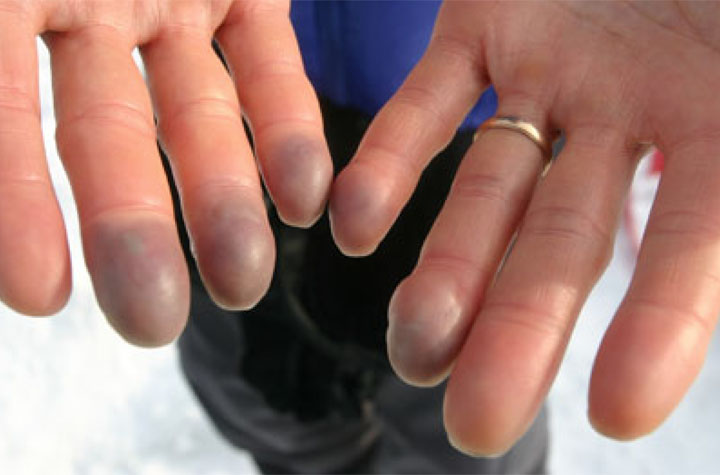Altitude Medicine
Staying Healthy at Altitude
At altitude, your immune system is compromised. There are some good drugs that you might consider talking to your personal physician about bringing along that could help if you get sick on the mountain. Rest assured, we will have medical kit outfitted with medications advised by our Medical Advisor, Dr. Peter Hackett; but drugs are best prescribed by your doctor (this protects you and us). HERE is a great summary, written by Drs. Hackett and Barsch, of guidelines and treatment for high altitude illness.
Dr. Hackett is one of the world’s foremost authorities on Altitude Medicine and is the Director of the Institute for Altitude Medicine (IFAM) in Telluride, Colorado. The Institute’s website has a number of really good resources, including a page for Healthcare Providers that lists a number of medications that you might consider consulting your doctor about bringing.
For more information, check out the Institute for Altitude Medicine website.
Altitude Myths
Myth # 1 Don’t drink caffeine at altitude.
We don’t know where this false assumption came from, but likely from the fact that caffeine is a mild diuretic (makes you pee). The concern is that it could dehydrate you and contribute to altitude sickness. This concern is unfounded unless you drink pots of black sludge coffee a day and little else. In reality, caffeine stimulates your brain, kidneys and breathing, all of which are helpful at altitude. And for those people who drink several caffeinated beverages a day, stopping abruptly can cause a profound headache. Read Dr. Hackett’s article on caffeine and altitude HERE.
Myth #2 Diamox masks symptoms of altitude sickness.
Taking Diamox to prevent AMS will not mask symptoms. It works on the same pathway that your own body uses to help you acclimatize. It is a carbonic anhydrase inhibitor which makes you urinate a base chemical called bicarbonate. This makes your blood more acidic and therefore stimulates breathing thereby taking in more oxygen. It speeds up your natural process of acclimatization and if you stop taking it you will not have rebound symptoms. It is one of the main medicines doctors use to prevent and treat acute mountain sickness (AMS).
Myth #3 Physical fitness protects against altitude sickness.
Physical fitness offers no protection from altitude illness. In fact, many young fit athletes drive themselves too hard at altitude prior to acclimatizing thinking they can push through the discomfort. They ignore signs of altitude illness thinking it can’t affect them because they are fit and healthy. Everyone, regardless of fitness, is susceptible to AMS.
Myth #4 Drinking extra water will protect you from altitude illness.
Staying hydrated is important at altitude. Symptoms of dehydration are similar to AMS. In reality you only need an additional liter to a liter and a half of water at altitude. Too much water is harmful and can dilute your body’s sodium levels (hyponatremia) causing weakness, confusion, seizures, and coma. A good rule of thumb to assess for hydration is to check your urine. Clear urine indicates adequate hydration, dark urine suggests dehydration and the need to drink more water.
Medications
At altitude, your immune system is often compromised. There are some good drugs that you might consider talking to your personal physician about bringing along that could help if you get sick on the mountain. Rest assured, we will have a selection of medications for emergency use as directed by our Medical Adviser, however; most drugs are best prescribed by your doctor (this protects you and us).
Again, we would refer you to Dr. Peter Hackett’s Institute for Altitude Medicine and their very informative website, particularly the page regarding Information for Healthcare Providers.
In particular, you should discuss certain common altitude drugs with your personal doc, such as:
- Diamox
- Dexamethazone (Decadron)
- Cialis or Nifedipine
** If you plan on taking medication while on your expedition, consider bringing along more than you would otherwise need. If you pack your meds in two places, it could help minimize the chance that all your medications are in that stuff sack that rolled downhill and into a crevasse…!
***The latest word from Travel Guard Insurance is that their trip cancellation policies will cover altitude sickness as well as other, more mainstream, illnesses that could cut a trip short. US and Canadian residents interested in a policy should contact us for more information. If you live elsewhere, consult a travel agent for recommendations.



